In today’s API-driven environment, API security is critical when the typical application is powered by 26 to 50 APIs. Unsecured APIs are simple targets for malicious actors looking for vulnerable application logic, resources, and sensitive data.
Despite having numerous API security technologies in place, 92% of the firms polled for this research reported an API-related security event in the previous year. Of them, 57% had numerous API-related security issues. Even more worrying, 74% of firms claimed to have a strong API security program.
- 41% of organizations believe security needs more visibility and control in development processes.
- According to 28%, the lack of visibility and control remains throughout API implementation.
- 40% of firms indicate that fresh builds are released into production with misconfigurations, vulnerabilities, and other security concerns.
- Only 25% say they correctly catalog the APIs utilized by their firm.
- 88% of organizations are experiencing challenges with API authentication.
- The ability to detect APIs with sensitive data is the most critical API security feature for 94% of enterprises.
In this blog, we’ll walk you through a complete guide on API security, its importance, the top vulnerabilities, challenges, and best practices for securing it. Continue reading to learn more.
What is API Security?
The application programming interface (API) security field prevents or reduces attacks on APIs. APIs serve as the web and mobile applications’ backend framework. Thus, the sensitive data they carry must be protected. An API allows an application to communicate with another app. If a software or application includes an API, external clients can use it to request services. API security refers to the process of safeguarding APIs against threats. APIs, like applications, networks, and servers, are vulnerable to various dangers. Application programming interface (API) security refers to the practice of preventing or mitigating attacks on APIs. Therefore, it is critical to protect the sensitive data they transfer.
API security is a fundamental aspect of web application security. Most current online apps rely on APIs to function, and APIs increase the risk to a program by enabling third parties to access it. One example is a firm that opens its doors to the public: having more people on the premises, some of whom may be unfamiliar with the company’s personnel, increases risk. Similarly, an API enables outsiders to utilize a program, increasing the risk to the API service’s infrastructure.
Why is Securing an API Important?
API security is important because organization use APIs to connect services and to transfer data, so a hacked API can lead to a data breach. API security testing safeguards data over APIs, often used to link clients and servers across public networks. Businesses utilize APIs to link services and move data. A compromised, exposed, or hacked API may reveal personal information, financial information, or other sensitive data. As a result, security is an important issue while designing and creating RESTful and other APIs.
APIs are subject to security flaws in backend systems. If an attacker compromises the API provider, they may have access to all API data and capabilities. APIs can also be hacked through malicious queries without being properly written and secured.
A denial of service (DoS) attack, for example, has the potential to bring an API endpoint back online or drastically reduce performance. Attackers can exploit APIs to scrape data or breach use limitations. More skilled attackers can use malicious code to conduct illegal activities or compromise the backend.
With the emergence of microservices and serverless architectures, nearly every corporate application relies on APIs for fundamental operation. This makes API security an essential component of modern information security.
Also read : Beyond the Basics: Advanced Web API Pentesting Strategies
The Difference Between API Security and General Application Security
API security encompasses more than just website security. API security follows many of the same concepts as web security. However, protecting APIs poses particular issues that necessitate specific security techniques. APIs are frequently accessed over the web and use HTTP as the underlying protocol. As a result, API security follows many of the same security principles as web security.
For example, API security entails safeguarding against SQL injection, cross-site scripting (XSS), cross-site request forgery (CSRF), and other typical API threats. API security also includes implementing secure communication protocols like HTTPS to safeguard data in transit, a critical component of online security.
However, certain API security vulnerabilities are outside the scope of web security.
Built by Third-Party Vendors
One of the most significant API security problems is that APIs are frequently built to be available to third-party apps or services. This means APIs are vulnerable to a broader spectrum of attackers than standard web apps. Attackers can utilize APIs to exploit application weaknesses, steal sensitive data, or initiate attacks on other apps or services.
APIs Flexibility Opens the Gate for Assaults
Another difficulty with API security is that APIs are frequently meant to be very flexible and configurable, making them more open to assaults. For example, APIs may allow users to define the data type or format in which the data is returned. This flexibility may make it simpler for attackers to exploit API code or configuration flaws.
Authentication and Access Control
API protection also offers issues in terms of authentication and access control. APIs frequently employ tokens or other types of authentication to manage API access. However, these tokens may be stolen or compromised, giving attackers access to the API and associated data.
Use of Modern Software Systems
Finally, API security might be difficult due to the large number of APIs in modern software systems. Applications may interface with other applications or services via dozens or hundreds of APIs. This complicates effective API monitoring and protection.
Common Threats in API: OWASP API Security Top 10
The OWASP API Security Top 10 lists the most serious API security threats that enterprises must address. The list is periodically updated to reflect current trends and risks. The 2023 edition of the list contains the following vulnerabilities:
API1:2023- Broken Object-Level Authorization
Broken Object Level Authorization is a vulnerability that arises when an API fails to properly validate and implement access control restrictions at the object level. This indicates that an attacker can get unauthorized access to data or manipulate objects.
Broken Object-Level Authorization vulnerabilities typically arise when APIs rely on user input to select which objects to access. For example, an API may enable a user to include the ID of a user account in an API request. If the API fails to validate the user account ID, an attacker can exploit this by modifying the ID to get access to another user’s account.
API2:2023- Broken Authentication
Broken authentication happens when an API’s authentication method is ineffective or poorly built, allowing attackers to obtain unauthorized access to the API and the data it protects. Several causes can contribute to broken authentication vulnerabilities, such as
- Weak passwords: If an API allows users to select weak passwords, such as those that are short or simple to guess, attackers can simply brute-force their way into user accounts.
- Lack of multi-factor authentication: Multi-factor authentication enhances the security of user accounts by asking users to give additional proof of identification, such as a code from their phone.
- Improper session management: Attackers can hijack active sessions and gain unauthorized access to user accounts if an API does not properly handle user sessions.
- Failure to secure login credentials: Attackers can collect authentication credentials via an API and use them to gain access if they are stored in an insecure manner, such as over an unencrypted channel or in plain text.
API3:2023- Broken Object Property Level Authorization
Broken Object-Level Authorization is one of the most common API vulnerabilities. API security vulnerability allows an unauthorized user to access, manipulate, or delete data that they should not have access to. This sort of API security vulnerability occurs when an API cannot appropriately implement granular access control rules at the property level of objects. When this occurs, an attacker may get access to or alter unlawful object attributes, potentially exposing data, committing unauthorized acts, or escalating privileges.
Broken Object Property Level Authorization vulnerabilities typically occur when APIs provide objects with numerous attributes and depend only on object-level permission checks. An attacker can exploit this vulnerability by creating API requests that target certain characteristics of an object, even if they do not have permission to access the full object.
API4:2023- Unrestricted Resource Consumption
APIs not controlling resource use can lead to DoS attacks, resource depletion, and higher expenses. Unrestricted Resource Consumption vulnerabilities can develop for several reasons, including:
- Lack of resources: If an API does not restrict the amount of resources that users may use, an attacker can submit a huge number of requests to the API, rendering it inaccessible to other users.
- Inefficient API code: If an API code is inefficient, it might waste significant resources even when processing genuine queries. This makes it easy for an attacker to exhaust the API’s resources with a limited number of queries.
- Inadequate monitoring: An API that needs to be adequately monitored makes it harder to detect and respond to URC attacks.
API5:2023- Broken Function Level Authorization
Broken Function Level Authorization occurs when an API fails to validate and enforce access control rules at the function level correctly. This will allow an attacker to perform unauthorized tasks or obtain unauthorized data.
Broken Function Level Authorization vulnerabilities often arise when APIs rely on user input to select which functions to perform or which data to access. For example, an API may enable a user to provide the name of a function in an API request. If the API fails to verify the function name, an attacker might change it to run an illegal function.
Also Read : Web Vulnerability Assessment and Penetration Testing (VAPT)
API6:2023- Unsafe API Consumption
When dealing with external or third-party APIs, businesses often fail to properly verify and sanitize user input, enforce granular access control rules, or implement suitable security measures, resulting in unsafe API consumption. This can result in a variety of API security vulnerabilities, such as Broken Object Level Authorization (BOLA), Broken Authentication, Unrestricted Resource Consumption (URC), Broken Function Level Authorization (BFLA), Unrestricted Access to Sensitive Business Flows (UASBF), Server-Side Request Forgery (SSRF), Security Misconfiguration, and Improper Inventory Management. Essentially, the remaining API security flaws in this tutorial.
API7:2023- Improper Inventory Management
Improper inventory management is the inability to correctly identify, track, and maintain an up-to-date inventory of all APIs inside a business. This lack of visibility can result in several security vulnerabilities, such as misidentified and unmanaged APIs, untracked API dependencies, obsolete API versions, and underused or abandoned APIs. Issues like these can broaden the attack surface, delay vulnerability identification, stymie patching efforts, and result in compliance issues.
API8: 2023- Security Misconfiguration
Security misconfiguration is a broad phrase that refers to any error or oversight in the installation or configuration of a system or application that renders it vulnerable to attack. Security misconfiguration can occur at any level of the API stack, ranging from the network to the application. Several causes may contribute to security misconfiguration in APIs, including:
- A lack of clear and thorough security rules and processes might result in discrepancies and errors while defining API security settings.
- Manually defining and managing API security settings can be time-consuming and error-prone. Automation can assist in decreasing the risk of human mistakes and guarantee that security settings are used consistently across all environments.
- Failure to immediately apply security fixes for operating systems, middleware, and API frameworks might expose APIs to known vulnerabilities.
- Many software components and programs have unsafe default settings that must be manually removed or updated to improve security.
API9:2023- Server-Side Request Forgery
Server-Side Request Forgery (SSRF) is a form of attack in which an attacker forces a server-side application to send an illegal request to any external destination. Malicious actors utilize this to circumvent security measures, get access to sensitive data, and even execute denial-of-service (DoS) assaults.
These API security vulnerabilities often emerge when an API receives user-supplied input and uses it to create the URL of an external request. If the API does not correctly check this input, an attacker can insert malicious URLs that refer to internal or external sites under their control.
API10:2023- Unrestricted Access to Sensitive Business Flows
When an API exposes a sensitive business flow without considering how the capability can hurt the business if utilized excessively in an automated fashion, the vulnerability of Unrestricted Access to Sensitive Business Flows can arise. When this occurs, an attacker may utilize the API to interrupt business processes, ruin the company’s reputation, or create financial losses.
APIs that are created without considering the possible effects of automating business processes are the most prevalent cause of Unrestricted Access to Sensitive Business Processes vulnerability. For example, an API may allow users to purchase things without regard to the purchase amount or frequency. An attacker might use this vulnerability to purchase the whole stock of product, leading the firm to lose money.
Also read: REST API Security Threats and How to Defend Against Them
API Penetration Testing for Rest, SOAP, and GraphQL
API Penetration Testing take many forms and come in many styles. The major architecture of APIs includes:
- Rest API
- SOAP API
- GraphQL
Here, we’ve covered the API Penetration testing for these types:
1. REST API
The design of representational state transfer APIs, or REST APIs, is based on JSON data transmission and the HTTP/S transfer protocol, making REST API creation simpler than alternative API models. RESTful APIs employ HTTP requests to create, edit, retrieve, and remove data.
One popular architectural approach for tackling REST API security is to install REST APIs behind an API gateway and then provide this connection option to clients. However, an API gateway cannot guard against all security risks.
2. SOAP API
Simple object access protocol (SOAP) transfers structured data to deploy online services via computer networks. These APIs are often protected with a mix of transport layer (HTTPS) and message-level security (XML digital signatures and encryption).
SOAP API security includes protocol enhancements to address security problems. SOAP follows the Web Services (WS) standards, which offer enterprise-level security for all web services via features like WS-ReliableMessaging, which expands built-in error handling capability.
3. GraphQL
GraphQL is an open-source API language that explains how clients request information and serves as a runtime for fulfilling queries with existing data. Developers use GraphQL syntax to make precise data requests from one or more sources.
Enforcing GraphQL API security presents issues due to customized and flexible queries. To protect against big queries, GraphQL API security concerns may be mitigated by throttling and defining a maximum query depth and using a query timeout.
What are the Challenges of API Security?
The fast rise of digital transformation and the broad usage of APIs has ushered in a new era of linked systems and services. However, rising dependence on APIs presents several unique security issues. Here are some of the challenges in API security:
1. Security Issues with Service APIs
Some cloud-based software as a service is only accessible via service APIs. Service APIs provide security problems since they deal with large amounts of data and employ a variety of security and authentication mechanisms.
2. Distinct from Web Apps
APIs function and respond differently than web applications; hence, their security landscapes and infrastructures must be designed accordingly.
3. Unique Applications
Each application is unique, but the design must be understood to protect an API. This entails reading and sifting through layers and variants of code that alter depending on technology and human characteristics.
4. Clogged Pipes
Developers and DevOps teams are responsible for informing security teams about specific API endpoints and how they function. However, this information is typically lost via cross-functional communication, making it hard for security teams to completely comprehend the API they are dealing with.
5. APIs can Help Hackers Hide
APIs use new file formats, protocols, and structures in their performance. These new and varied components make it simpler for hackers to hide well-known techniques like XSS or SQL injection.
6. Internal APIs Need to be Protected
APIs can also be utilized internally or inside a single system. This growing usage of APIs necessitates new security concerns and, perhaps, an upgrade of the current security infrastructure.
7. Accidental Backend Visibility
If not properly monitored and guarded, APIs can give attackers access to an application’s backend functionalities.
5 API Security Best Practices
Every new API gives hackers a chance to abuse personal information. As a result, everyone in charge of software integration needs to be knowledgeable about API security protocols. Now that we’ve covered all the fundamentals let’s put these ideas into practice by looking at API security best practices. In this section, we will review the many tools and tactics you may use to ensure your APIs are as safe as possible. Let’s look at the API security best practices you should be using on your APIs:
1. Regular Security Audits and Penetration Testing
First, security audits and penetration testing are required to validate your API’s security standards. These testing approaches are intended to identify and resolve vulnerabilities early in development. Regular API security audits entail thoroughly examining your API’s infrastructure, rules, and coding to guarantee compliance with security requirements. Penetration testing, on the other hand, simulates cyberattacks to assess your API’s resilience to real-world threats.
2. Encryption of Data in Transit and at Rest
All data maintained by an API, particularly personally identifiable information (PII) and other sensitive data subject to compliance rules and regulations, must be encrypted. Implement encryption at rest to ensure that attackers who breach your API server cannot access it, and encryption in transit via Transport Layer Security. Require signatures to ensure that only authorized users may decrypt and alter data from your API.
3. Utilization of Service Mesh
Service mesh technology, like API gateways, uses many levels of administration and control to route requests from one service to the next. A service mesh optimizes how these moving elements interact, including proper authentication, access control, and other security mechanisms. As the usage of microservices grows, service meshes become increasingly crucial.
4. Adoption of Zero-Trust Model
A zero-trust approach is based on the idea that no person or system should be trusted by default, even within the network perimeter. This is especially critical in modern situations when perimeter defenses are insufficient. It provides extra protection to services when a perimeter defense is breached, reducing the effect of attacks.
5. Automate Scanning and Testing of Vulnerabilities
Automated and scheduled vulnerability scanning and testing help uncover possible API security concerns before attackers exploit them. By incorporating testing into the development process, automation may test new code while running, as in dynamic application security testing (DAST), or statically scanning the code, as in static application security testing (SAST). This proactive step is critical for maintaining the security posture of your API. Here are some tools used for automated scanning:
- Postman
- Burp Suite
- Akto
Why Choose Qualysec for API Security?
As corporations shift their monolithic systems into microservices, APIs will become more vulnerable. This necessitates compliance with API security best practices. While the list above is a fine place to start, it must be updated regularly.
Keeping track of them may take time for entrepreneurs and their in-house development teams, which already face several deadlines. This is where collaborating with a business with a track record of securing APIs comes into play.
A firm such as Qualysec Technologies. Thanks to our wide quality assurance services, we can make your API secure and resilient, regardless of how complicated it is. We are the leading cybersecurity firm focusing on penetration testing that helps businesses secure their APIs and applications. With our comprehensive pentest report, businesses can achieve compliance with GDPR, HIPAA, PCI DSS, ISO 27001, and SOC 2. We also offer security services for:
- Web Application
- Mobile Application
- Cloud-Based Application
- IoT Device
- AI ML Application
- Source Code Review
Contact us immediately to begin the future of your API security.
Conclusion
As we end our in-depth look at API security, it’s evident that safeguarding our APIs is vital and complicated. Throughout this guide, we’ve explored the complexities of API security, from the fundamental concepts of the OWASP API Top 10 to the finer details of securing SOAP, REST, and GraphQL.
We concluded by discussing the strategic best practices that may assist in strengthening your digital defenses and reflecting on the significance of each in the larger context of API security. Consider seeking professional help to transform the lessons from this guide into practical security changes. Begin your security checklist with Qualysec today!
FAQs
1. Why do we need API security?
For example, API security entails safeguarding against SQL injection, cross-site scripting (XSS), cross-site request forgery (CSRF), and other typical API threats. API security also includes using secure communication protocols like HTTPS to safeguard data in transit, an essential element of online security.
2. What are the prerequisites for API Pentesting?
Here are some key pointers for API Pentesting:
- Business Workflow
- API Endpoints
- Description of End Points
- Authentication Credentials
- Descriptions and Collections
3. Which API is more secure?
SOAP APIs are generally recognized for their robust security protections but also need additional monitoring. For these reasons, these APIs are suggested for enterprises that handle sensitive information.
4. What is API security risk?
Data breaches, unauthorized access owing to inadequate authentication mechanisms, sensitive data disclosure through unsecured endpoints, and system disruptions caused by targeted API assaults (injection or DoS attacks) are common API security issues.
5. What is an API security framework?
Application programming interface (API) security is preventing or mitigating attacks on APIs. APIs serve as the backend infrastructure for both mobile and online apps. As a result, it is vital to secure the sensitive data they transmit.






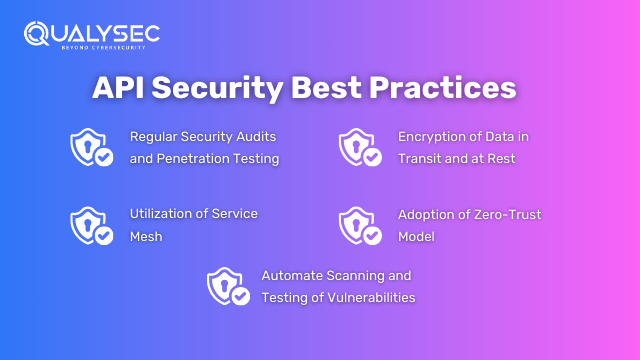



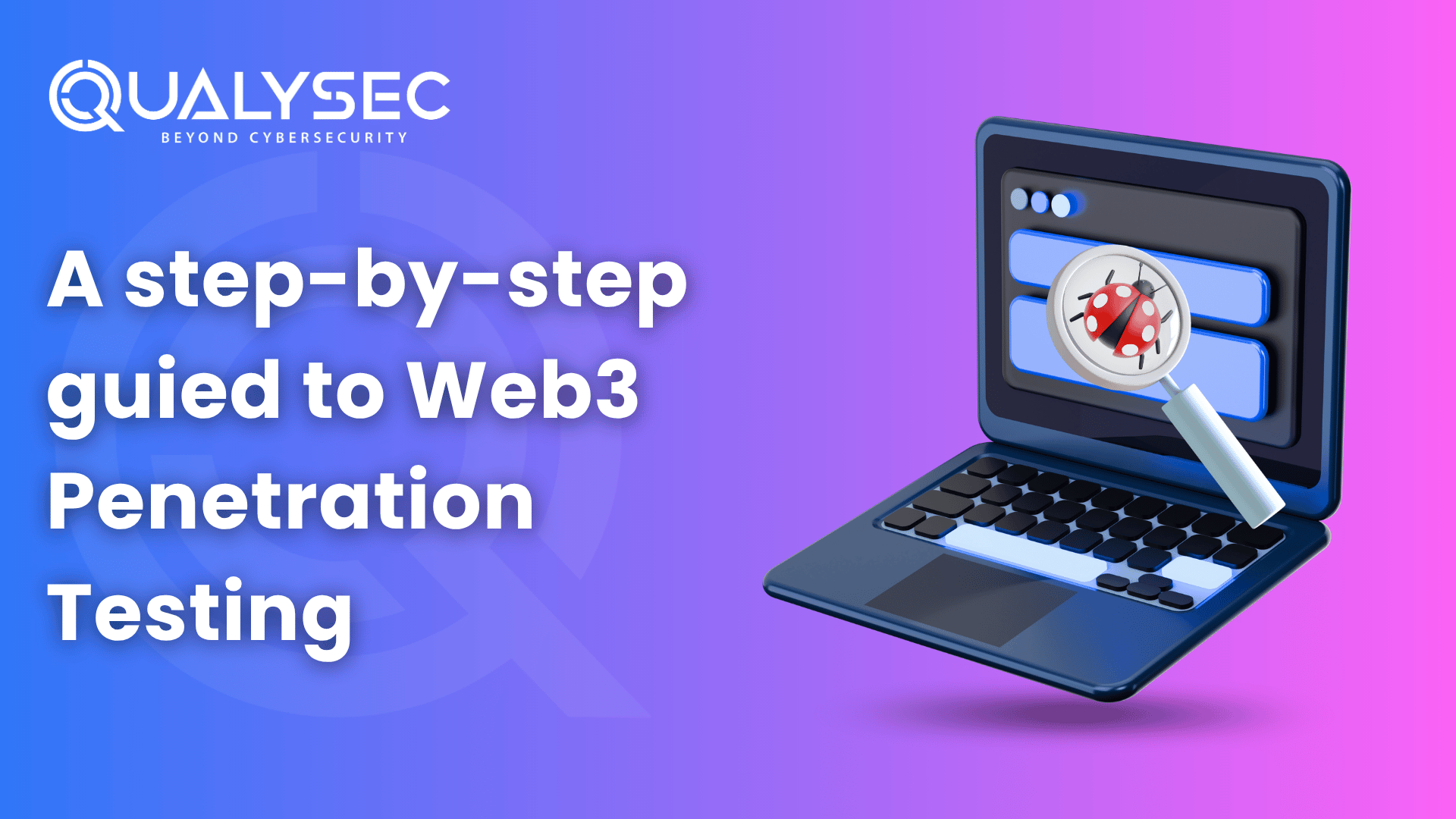
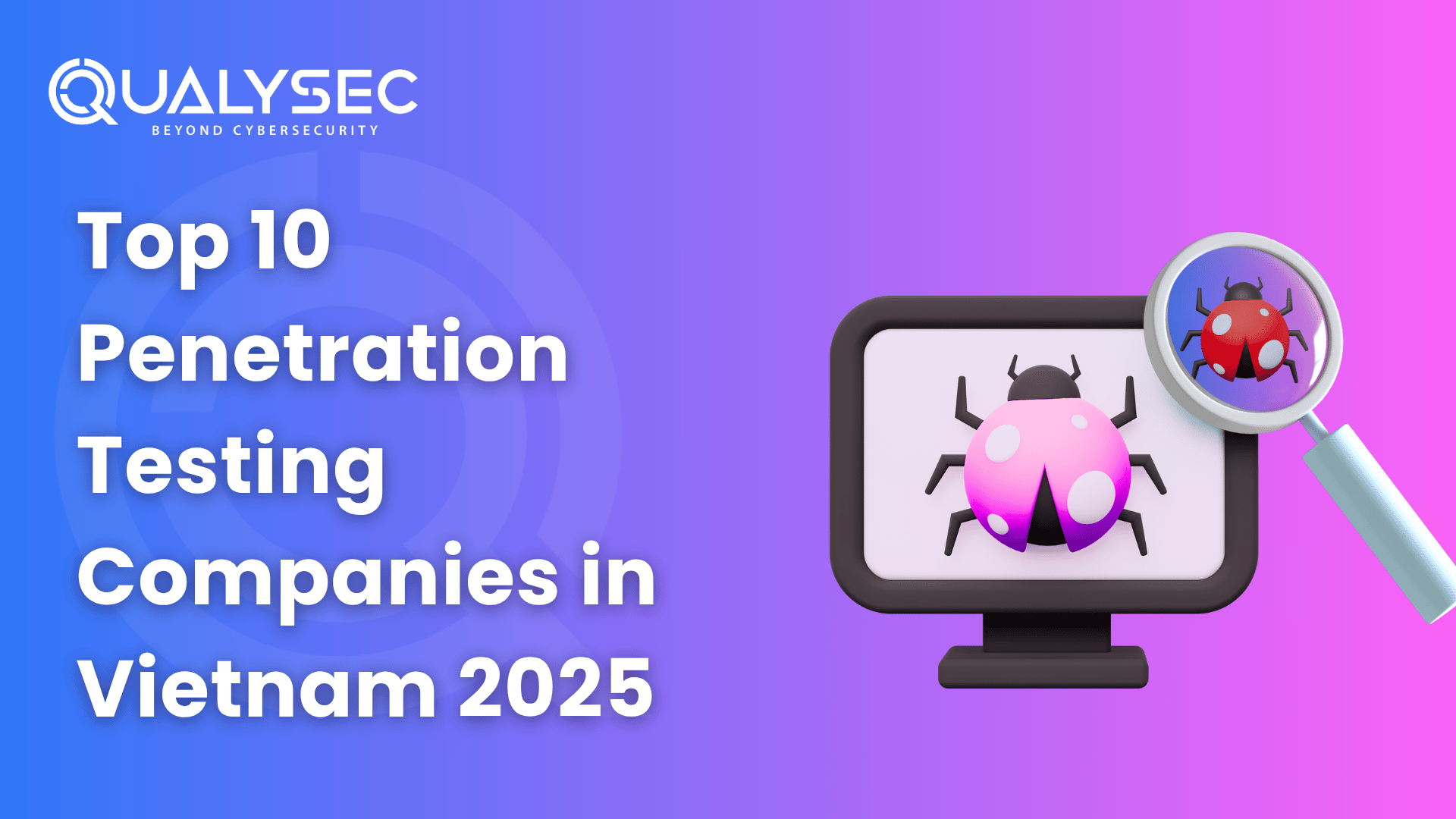
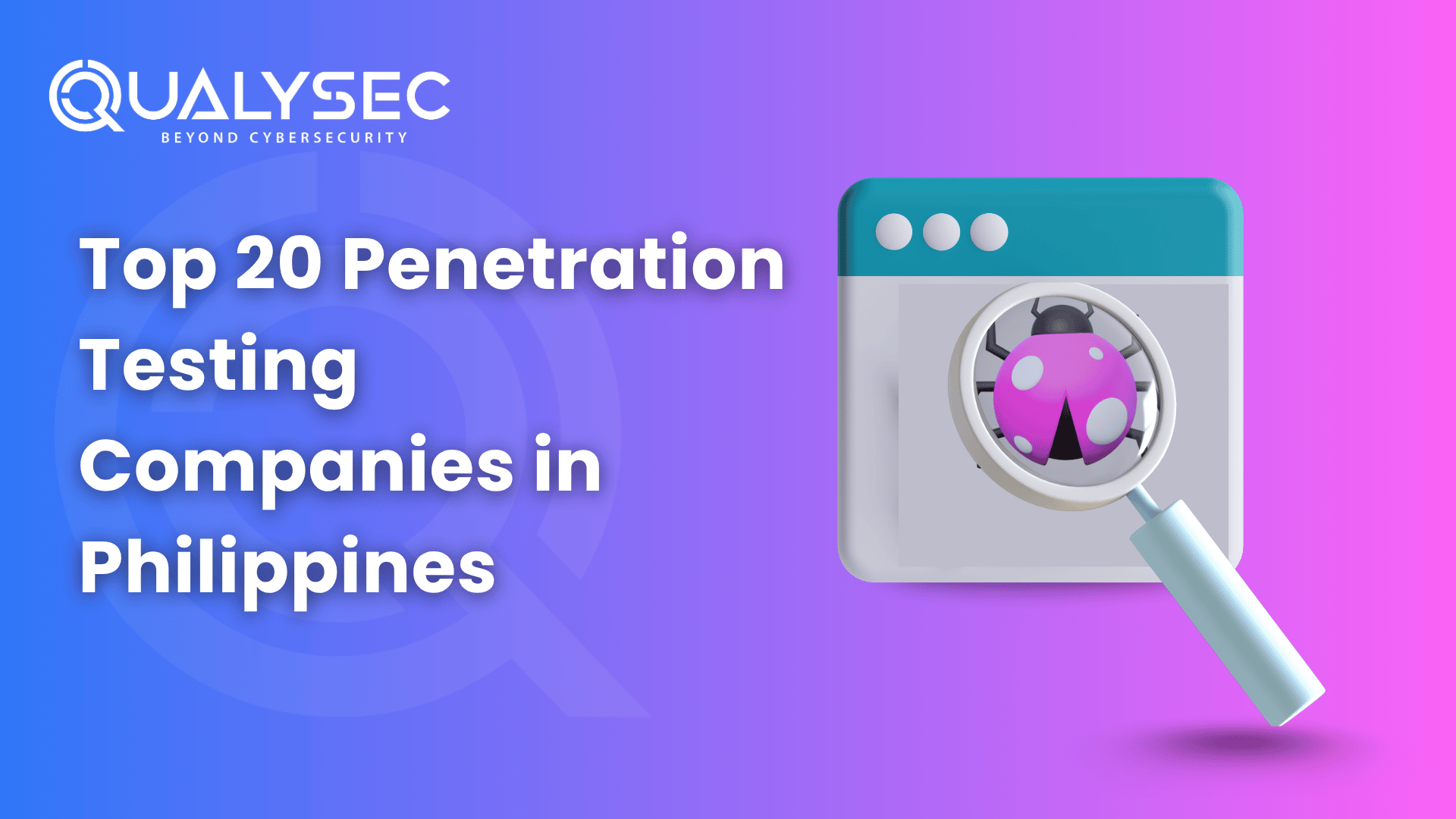
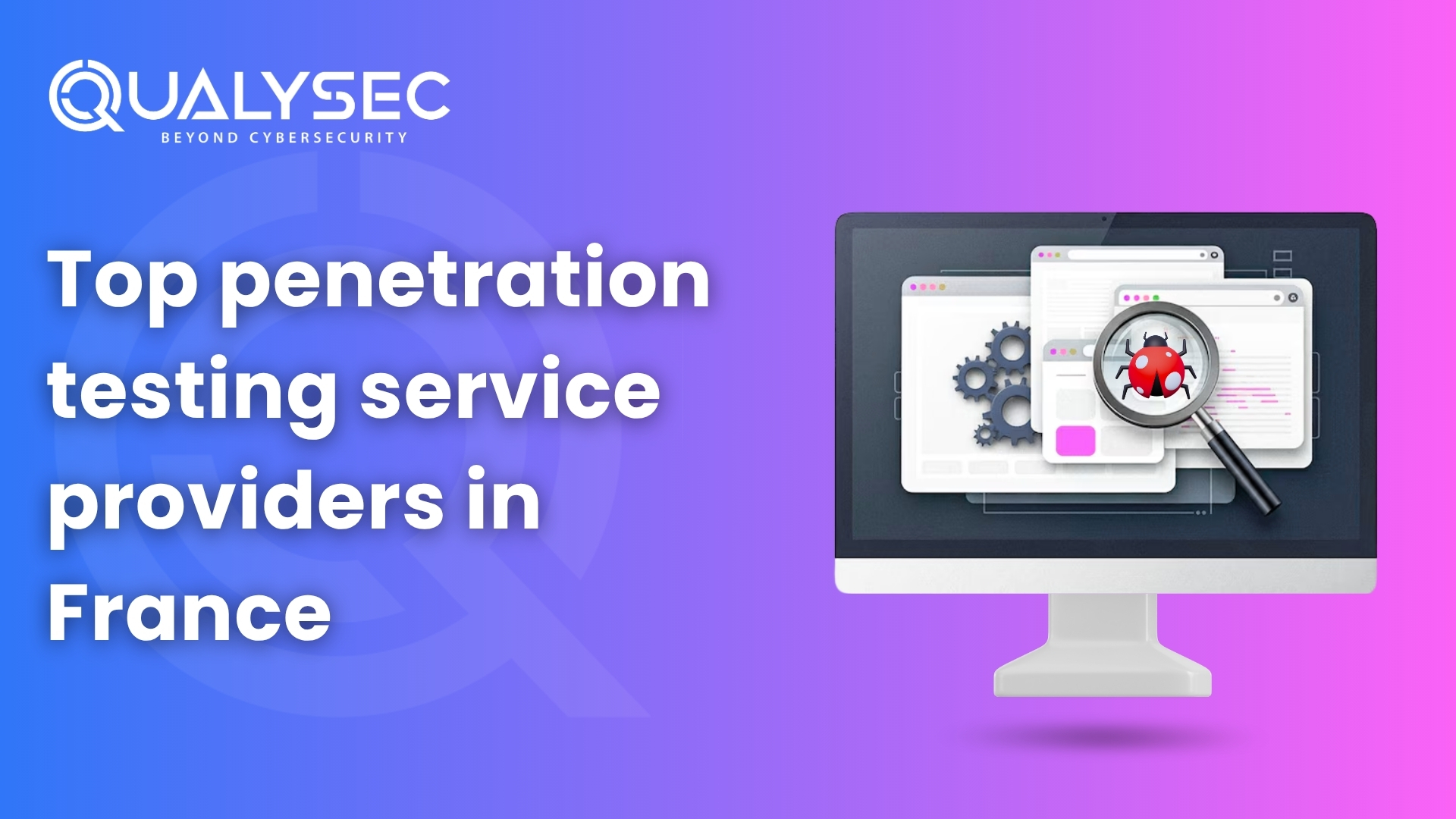






































































































































































































































































































































0 Comments